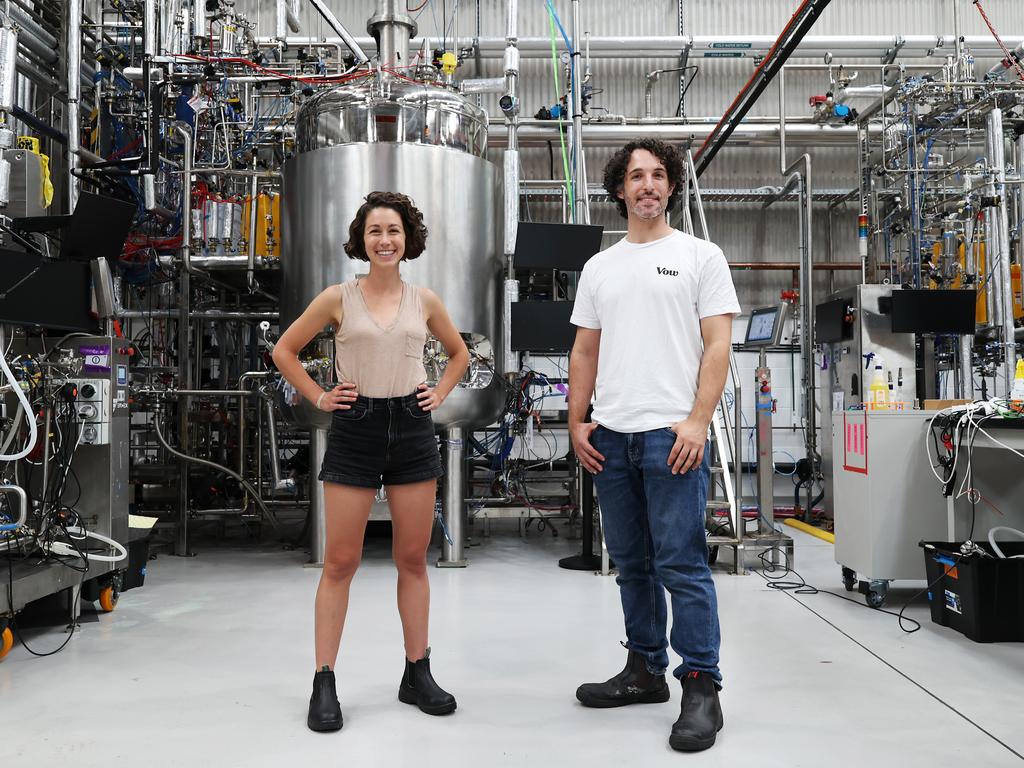Future fossil digs might have cause to ask: ‘Why did they need all this stuff?’?
Future palaeontologists will unearth a bizarre layer of rock, filled with plastic, concrete and wind turbines. What will they make of us?

Underpants are going to be a puzzle. In 100 million years, long after humans are gone, the palaeontologists of the future will come across an unusual layer in the rock strata.
The fossils from the Anthropocene will be different. A lot more plasticky. A lot more rocks with angular edges. An astonishing quantity of chicken bones.
And then, says Sarah Gabbott, a palaeontologist of the present, they will find something really strange. It will be polyester.
There will be “one big hole and two small holes … They might think, what’s the Y bit for?” They will put their best minds on it. There will be PhDs and academic schisms.
“I really like the idea of them trying to work out what the hell this was for.”

How, indeed, she asks, do you reverse-engineer the purpose of a Y-front? But, they will give it a go.
If the history of evolution tells us anything, it’s that we will probably go extinct. We will become the dinosaurs of the future. Then, perhaps, another intelligence will evolve, that knows nothing of us.
But we will not be gone, not completely.
Gabbott’s day job at Leicester University involves trying to interpret the past through the clues left in the fossil record.
In a book, Discarded, she has joined her colleague Jan Zalasiewicz in trying to understand how the present could be understood through the same means. What will be left of us? What materials will remain? What will degrade? What will it look like? And, Gabbott asks, what will they think of the “screens and screens and screens”?

Zalasiewicz said: “We are making stuff now in numbers that biology doesn’t mimic. We’re making stuff in ridiculous numbers.” Gabbott added: “There will be a layer in the rock they will find and they will think, ‘What is this?’ We will be exciting, scientifically.”
But what will they conclude? At first, Zalasiewicz said, there are going to be a lot of puzzling rocks.
“Concrete has become the rock of the last 70 years. Over 500 billion tonnes of the stuff has been made. For every square metre on Earth, there is a kilo of concrete somewhere – and most of it is still hanging around. And it’s really distinctive.” It’s uniform, and blocky. “There’s nothing quite like it in geology.”
Between those rocks, though, will be other things – squished flat, sometimes mineralised, but still there. All will be puzzles.
Gabbott likes to think about the fossils of wind turbines.
“Imagine they come across these massive structures, repeating over and over and over again. In palaeontology fossils don’t give their story up straight away. They’ll have to piece them together. They’ll have to think, why are they in the ground? Why did they put them like this?
“Then they’ll work out, ‘Hang on a minute. They’re kind of shaped aerodynamically’.”

There will be subtler mysteries to unpick too. At first, the animal bones might not prove that interesting. But if these future palaeontologists start analysing them closely, they’ll discover a profound shift.
Gabbott said: “They are going to see a massive change, from this wild-type biosphere, to one that has been made for our consumption.”
Most biomass, now, is domestic animals. They tell their own tale.
“We slaughter 75 billion chickens a year. Most end up in landfills. The average broiler chicken has a lifespan of five to seven weeks, and they’re deformed – their bones have got osteoporosis. Humans have reconfigured biodiversity on the planet so that we get to eat it.”
So what will they make of us? Will their children idolise human fossils in the way ours idolise dinosaurs?
Gabbott said: “They may marvel at the diversity of the things we’ve made. Sadly, I think if they’re clever they might also be able to piece together the story of our demise.”
Then, there’s a chance the civilisation of the future might find us to be a useful cautionary tale – rather than a source of awe for five-year-olds.
Gabbott added: “They might scratch their heads and think to themselves, ‘Why did they need all this stuff?’”
The Times






To join the conversation, please log in. Don't have an account? Register
Join the conversation, you are commenting as Logout